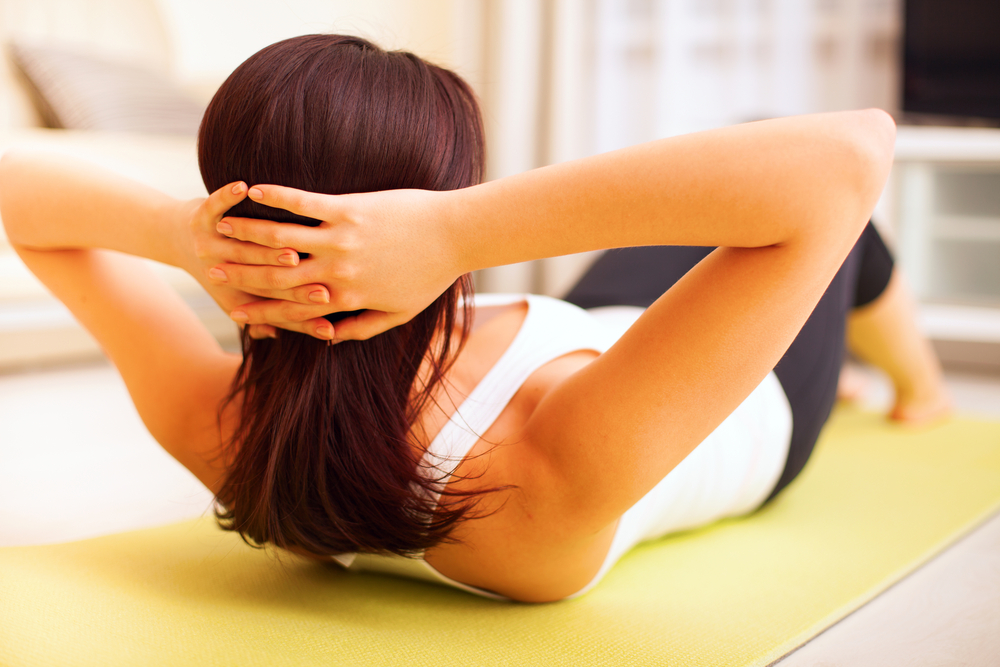Results from a recent study published in the Journal of Rheumatology indicate that sedentary patients with rheumatoid arthritis or osteoarthritis may benefit from yoga.
Patients with Rheumatoid arthritis (RA) are recommended to engage in physical exercise in order to keep muscles strong to support the joints and movement to reduce stiffness. Exercise, including yoga, helps to maintain a healthy weight and increase overall fitness levels, which in turn can take pressure off the joints. A program of poses, breathing, and relaxation can make a substantial difference in joint tenderness and swelling, according to the Arthritis Foundation.
In order to assess the effect of Integral-based hath a yoga in sedentary people with arthritis, in the study titled “Yoga in Sedentary Adults with Arthritis: Effects of a Randomized Controlled Pragmatic Trial,” researchers at the Maryland University of Integrative Health, Laurel; Department of Medicine, and School of Public Health, Johns Hopkins University and McGill University, assessed 75 sedentary adults with RA or knee osteoarthritis randomly assigned to 8 weeks of yoga (two 60-min classes and 1 home practice/wk) or waitlist.
The primary endpoint was physical health [Medical Outcomes Study Short Form-36 (SF-36) physical component summary (PCS)]; adjusted outcomes included mood, fitness, self-efficacy, stress, SF-36 health-related quality of life (HRQOL), and RA disease activity.
After 8 weeks, 80% of participants completed yoga classes twice a week. Participants were mostly female (96%), white (55%), and college-educated (51%), with a mean (SD) age of 52 years (12 years). Average disease duration was 9 years and 49% had RA.
Results revealed that scores in waitlist participants remained unchanged, whereas yoga participants had improved scores in most domains of the SF-36 and less impairment, fewer depressive symptoms on the CES-D and higher positive affect on the PANAS. In patients with RA, swollen and tender joints decreased in both groups.
After 9 months, available data for 37 participants showed improvements persisted with participants in PCS, sit-and-reach, 6-minute walk, CES-D, positive and negative affects, perceived stress and SF-36 scores. No adverse events were reported.
According to the researchers, these findings suggest that yoga may help sedentary individuals with arthritis safely increase physical activity, and improve physical and psychological health and HRQOL.


